As artists, we spend so much time creating our works. Once the art is done, however, it is really just beginning to embark on yet another journey. It may be published in print or online. It may go out to a gallery or museum. Whatever the adventure, the work must arrive to its final destination safely. So often, artists fall short in the final stages and that is when things can go not as planned.
I would like to share with you some advice that an esteemed collector, buyer and seller of Golden Age illustration art once shared with me. “Focus your efforts on the packaging”, he said, “that way, no matter what happens in shipping, the work is safe and you avoid having to fight with the insurance for reinbursement.” So, let me share with you some of the things that I do when it comes to shipping.
The large shipping box featured above was custom made by a professional packaging company. The design is created in such a way that it can be easily grabbed underneath by a forklift to be moved around during the shipping process. The reinforced sides balance the box and distribute the weight, allowing the painting to stand upright.
The custom box below was made by my husband using plywood. The bottom, edges and top are all surrounded by foam that you can cut to fit the shape of your box. The foam itself comes in a large roll so it can accommodate almost any size work that you are shipping. Glassine paper is placed over the work to protect it. This material is non-sticking as well as water and grease resistant.
Featured below is the top layer of soft foam that is placed on top of the glassine paper that covers the surface of the artwork. Notice how the box is designed to fit the bottom, top and side layers of foam as well as the thickness of the painting. It is important that there is no freeform movement of the work. It is suspended in soft foam and surrounded by a hard and durable wooded box.
The screws that are placed on top are drilled first. They are meant to be screwed in for shipping and then unscrewed upon arrival at the works destination. If the work is in a show that is meant to be returned to the artist, the screws function accordingly, allowing the box to be reused even by different works of a similar size.
On top of the wooden box, labels for shipping as well as for the indication that the work is fragile are placed on top, using clear tape that completely covers the label surface. This adds extra protection to the labels that may face different weather conditions during the shipping process.
For works on paper, I use cardboard boxes with various packing materials, including side corners and heavy, hard foam to bubble wrap packaging. The work itself is enclosed in a sealed plastic sleeve, sandwiched between two layers of heavy cardboard that are protected by side corners. The work is then suspended in the outer box. Check out the video below that shows me packaging up my art on paper entitled Bonsai on the Edge.
Building a custom shipping box can be the most economical way to ship art safely to its destination. Here is a step-by-step demonstration on how to go about making a custom box.
STEP ONE: Measure the painting and the foam that you will be using, making sure that the work fits snug but not with any tight pressure. Make sure to allow for the thickness of the wood and the blade.
STEP TWO:
Sand all the rough edges and double check all your measurements.
STEP THREE:
Using wood glue, assemble the box. Clamps and staples are used to keep things in place, during the drying process.
STEP FOUR:
Drill in the screws, equally spaced apart.
The top screws are not fully screwed in until the work is in place.
For more practical painting tips and best practices, check out my series of videos on Muddy Colors!
In this video, artists will learn about how to properly select, prepare, size, prime and creatively texture a variety of flexible and rigid painting substrates and unique constructs. Step-by-step demonstrations on stretching paper, applying canvas to stretcher bars, glueing canvas to wood, sizing and priming decorative wood surfaces as well as how to plan and design works in unique formats, like diptychs, triptychs, and multi-pieced constructs, are included. From wood, metal, layered constructs, custom cut panels, engraved surfaces and inlaid constructs to canvas, paper and illustration board, a variety of substrates are explored.
PAINTING BRUSHES, TOOLS + EQUIPMENT (Coming Soon!)
Throughout this video, artists will explore a comprehensive array of traditional as well as altered, repurposed and custom artistic brushes, tools and studio equipment, thoroughly investigating their application in the painting process. By having an understanding and knowledge of the working instruments used in painting, artists can make the right choices for their artistic practice.
PAINTING PIGMENTS, MEDIUMS & VARNISHES (Coming Soon!)
Throughout this video, we look at a variety of painting pigments, mediums and varnishes so that artists can make the appropriate decision for their art making process. When it comes to painting, a diverse array of oil to water-based media are available to explore. In this video, oil, acrylic and watercolor media, applications and approaches will be deconstructed to create a better understanding of the essential artistic materials used to create works of art that are considered permanent or archival, based upon current research.
If you are interested in learning more about working in relief on the painted surface or working in experimental mixed-media techniques, check out my Masterclass on patreon!
https://www.patreon.com/lisalcyr
A Unique Approach:
Masterclass is a unique approach to learning, where each artist works on their own projects, whether that be standalone works or works in a series. Unlike a workshop or an assignment-driven class, this online atelier supports each individual artist’s intent on creating works that they really want to pursue.
There are approximately SEVEN Live Events every month. The Masterclass Saturday sessions (usually held on the first Saturday of the month) are from 11:00am to 1:00pm EST and the In the Studio sessions are from 2:00pm to 3:00pm on the same day. In addition, there is a monthly Paint, Draw + Create Together event (once a month) on Tuesday from 11:00am to 1:00pm EST and the weekly Sketchbook Meditation + Exploration Social events (3 to 4 times a month) are on Tuesday from 7:00pm to 8:30pm.
Patron Art Feedback sessions for Masterclass are conducted four times a year, giving each artist time to create their works. Artists that cannot attend live can submit up to 3 pieces for a live session review. Each review is recorded.
Experimental + Traditional Techniques:
The Masterclass online atelier covers a variety of topics from studio best practices to a vast array of experimental and traditional painting as well as expressive drawing techniques. The instructor provides monthly assistance and guidance through live demonstrations, lectures and group chats. If you miss a class, you can watch the recording at a later date.
Painted Passages: This series of posts and videos on how to employ freeform painting techniques to create magical backgrounds and environments in mixed media.
Collage Techniques: This series of posts and videos on using collage techniques in mixed-media works of art.
Working in Relief: This series of posts and videos focuses on working in relief in mixed media, exploring self-expression through texture-building and bas-relief techniques onto the painted surface.
Studio Basics: This series of posts and videos on artistic best practices for the studio artist, from working surfaces, grounds, painting mediums, varnishes, drawing and painting media to brushes, tools and equipment.
Expressive Drawing Series: This series of posts and videos explores alternative mark-making using drawing materials to create expressive works of art.
Conceptual Development: This series of posts and videos focuses on developing concepts for visually expressive works of art.
Masks, Props + Costuming: This series of posts and videos focuses on how I create unique masks, props and costumes for my figurative subjects.
Insights from the Natural World: This series of posts and videos explores using nature as an inspirational muse for creating artistic works
Just Imagine: This series of posts and videos explore working in a sketchbook as well as creating custom made books. Tactile surfaces, unique designs and engaging presentations stimulate brain activity, allowing artists to drift back to a playful state of mind.
Paint Pictures with Words Writing Club: This series of posts and videos explore writing about our works, creating poetry and prose and using the power of words to assist in the creative process!
Mixed Media Artist Series: This series of posts and videos includes insightful and thought-provoking profiles of leading artists, working in unique techniques and innovative approaches in art.
The Art of Promotion: This series of posts and videos cover artistic promotional strategies and practices.
Check out the complete Collection of Content already on the Navigating the Labyrinth of the Creative Mind site!
Behind-the-Scenes Access:
The artist brings you into her studio through live behind-the-scenes access and weekly posts and videos to current projects and creative endeavors.
In addition, you have early access to the artist’s upcoming Shows and Exhibitions.
Creative Enrichment:
Discussions regarding artistic growth and development, nurturing the creative spirit, developing personal content, embracing a multidisciplinary mindset and creating message-driven art are also explored as ways to assist artists on their own creative path.
Throughout this online workshop experience, artists discover a multitude of ways to ignite creativity, opening the door for the artistic spirit to shine! Check out the testimonials above from artists around the globe!
Get weekly access to the Rediscovering Your Creative Self weekly podcast which focuses on developing a relationship with the creative spirit that resides within and making daily lifestyle changes that enhance creativity, building a more creative and playful mindset.
Throughout the audio program, topics such as battling the inner critic, handling creative block, working through anxiety and self-doubt and interrupting the patterns that bind are explored. Managing fears, seeing mistakes as rites of passage, knowing when to open and close doors, riding the wave of triumphs and tribulations, avoiding distractions and coping with naysayers that keep one from seeing the light that resides within are covered.
Every month on the Navigating the Labyrinth of the Creative Mind site, there is new Sketchbook Challenge prompt and directive, allowing artists to discover alternative ways in which to practice art that is more personal. Art created from this endeavor is shared on the private Community Chat with other artists.
Sketchbook Meditation + Exploration Weekly Social
Every Tuesday night from 7:00pm to 8:30pm EST, you can attend an open sketchbook night social event called Sketchbook Meditation + Exploration. We discuss the Rediscovering Your Creative Self podcast episode of the week, setting an intention for our work and making daily lifestyle changes that enhance creativity.
Artists use the Sketchbook Meditation + Exploration weekly get-together as a time to commit to working in their sketchbook, experimenting and discussing with other artists topics that will help in developing a relationship with the creative spirit that resides within. Recordings are available for Masterclass artists if they miss a session!
Build a Community:
Be a part of a creative tribe, interacting with artists and enthusiasts from all around the world who have shared interests in art. This is an opportunity to create a robust artistic community, broadening your horizons as a creative person.
Your membership also includes private access to the Community Group, where patrons share art and works-in-progress, post the monthly Sketchbook Challenges as well as the weekly Sketchbook Meditation + Exploration Social art and work from the Paint Pictures with Words Writing Club. They also share inspiration, discuss new artistic tools, products and equipment as well as interesting and informative books on art and so much more!
Join Us:
The Navigating the Labyrinth of the Creative Mind Online Atelier has weekly posts and videos as well as several LIVE events each month.
Join month-to-month for $25/mo US or save 5% if you join yearly!
copyright 2023 Lisa L. Cyr, Cyr Studio LLC, all rights reserved.


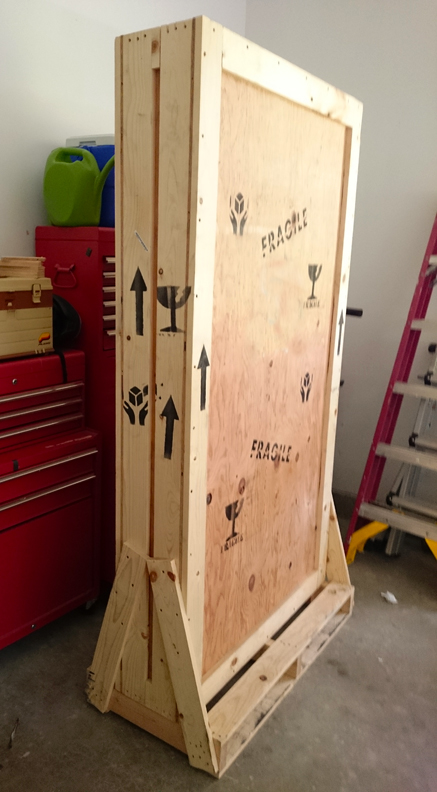
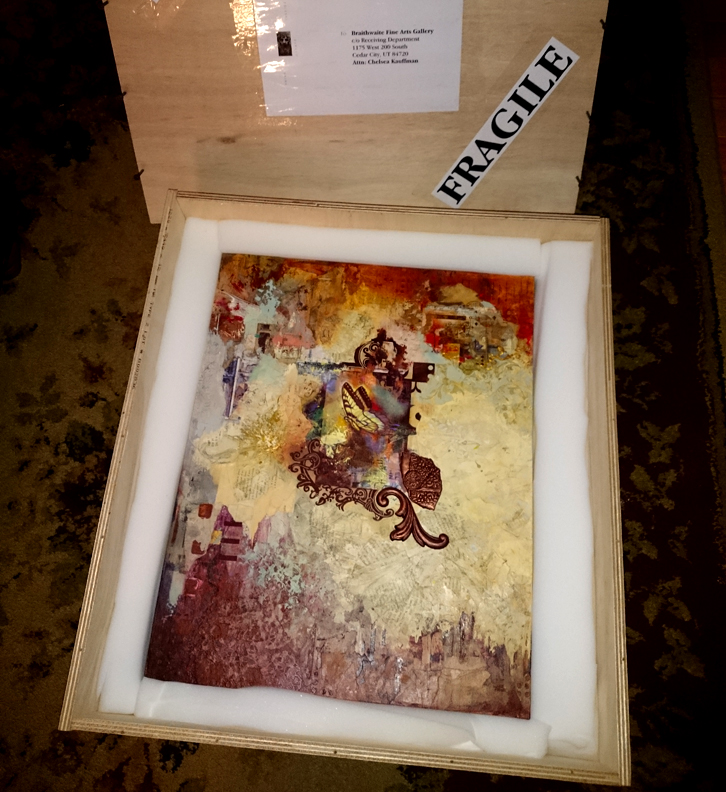
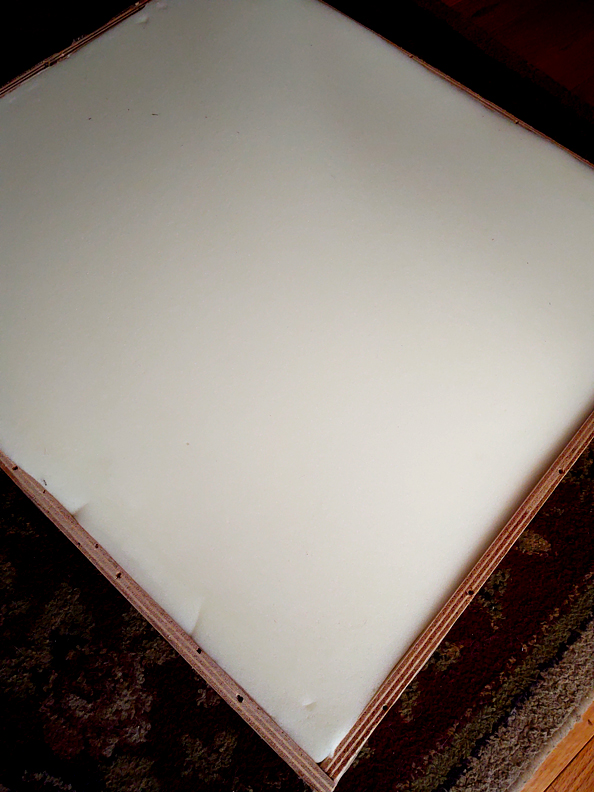
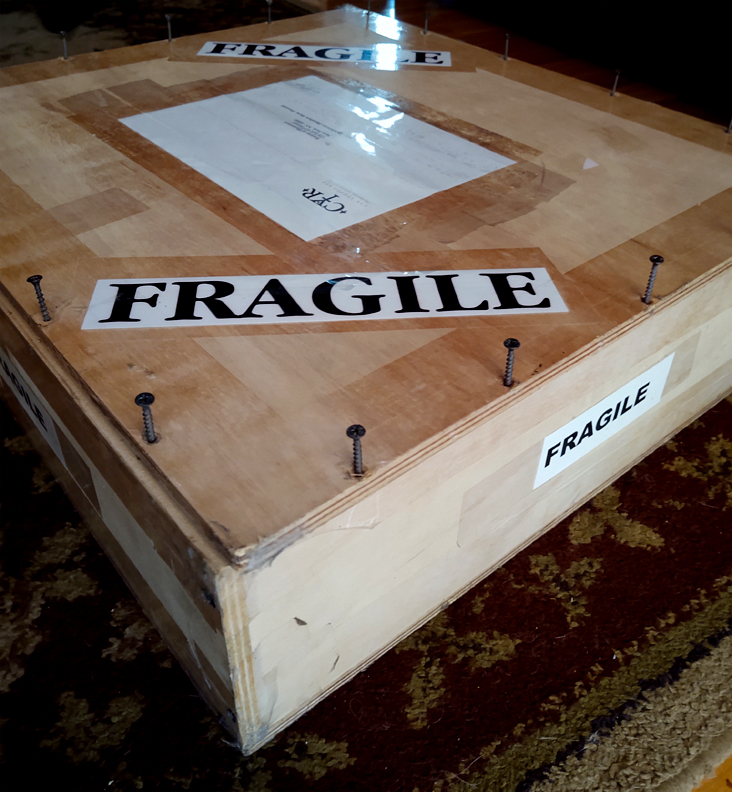
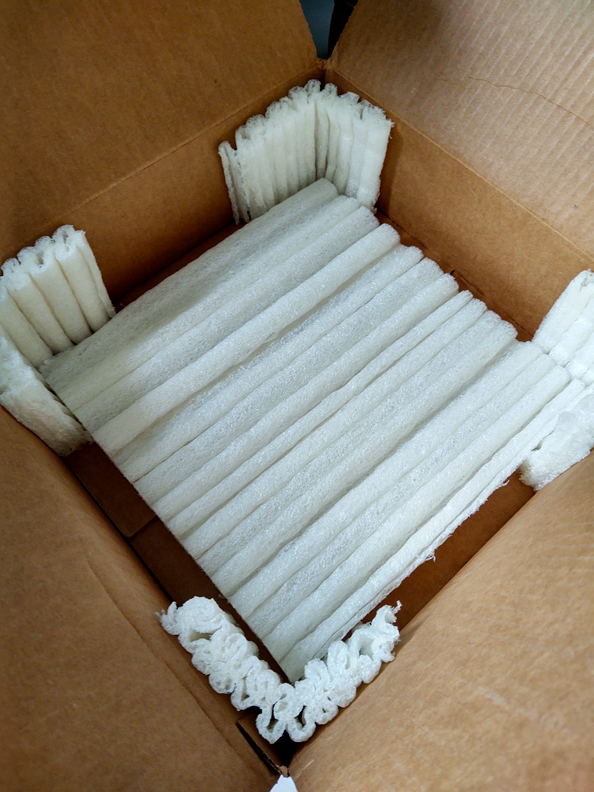

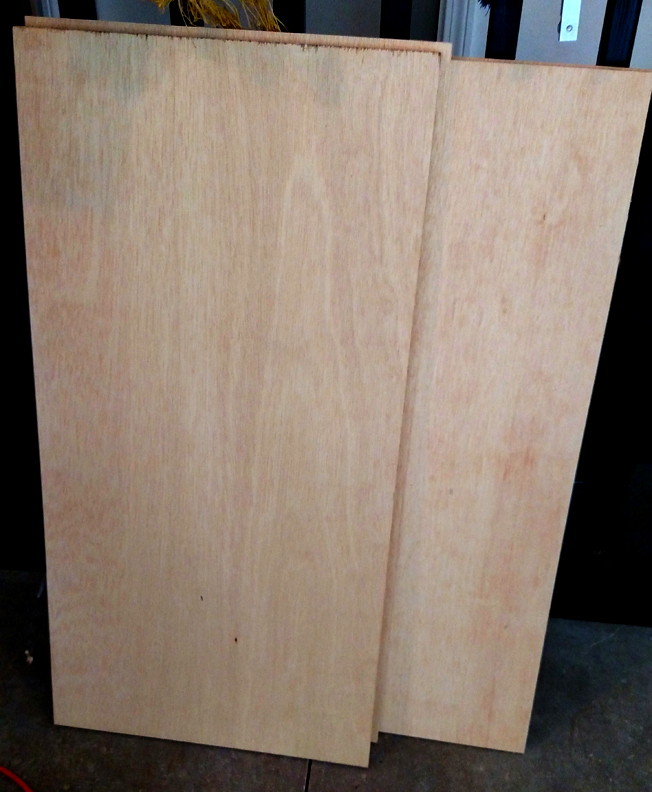



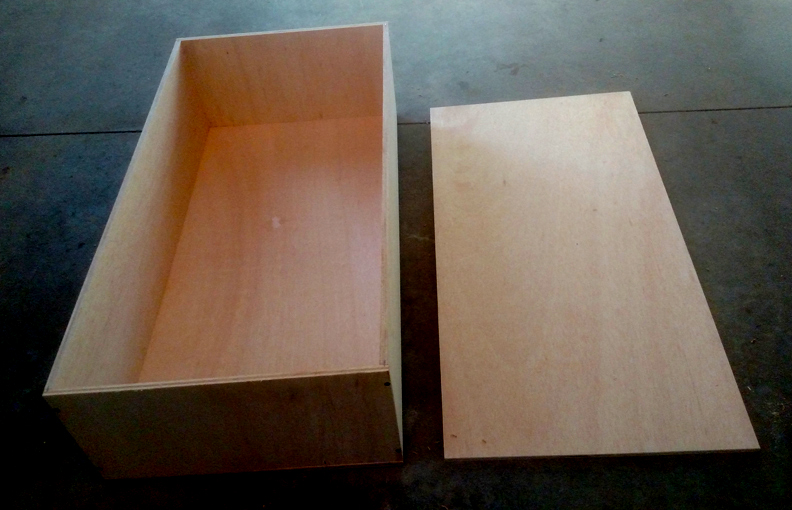









Something that many of us don’t even think about when shipping out a painting, thank you for your tips Lisa! 🙂
Yes! It is a part of what we need to think about. You are so very welcome!
these are cool tips thank you! I may add (from my experience).. 1) check the size limits of the shipping company to avoid a nasty surprise (they won’t ship if it’s over a certain size). 2) if shipping internationally, insure that the type of wood used for crating is allowed for shipping. 3) sometimes working with a professional shipper is cheaper than shipping it yourself (especially for bigger pieces). So it’s a good idea to shop around. I used a company in London and they saved my life with one of my paintings (shipping cost went down from $2000 to $500), plus they were able to ship the painting even when it was over the size limit.
I have to admit, shipping paintings is the most stressful part of this whole art business :).
-AJ